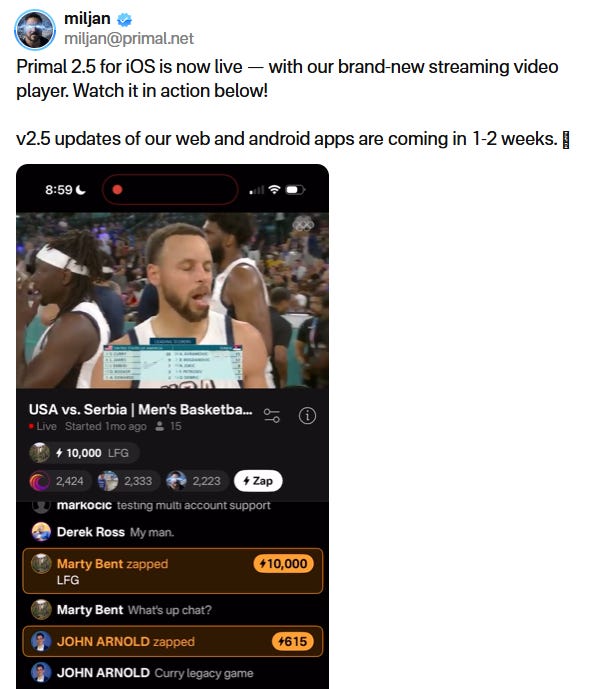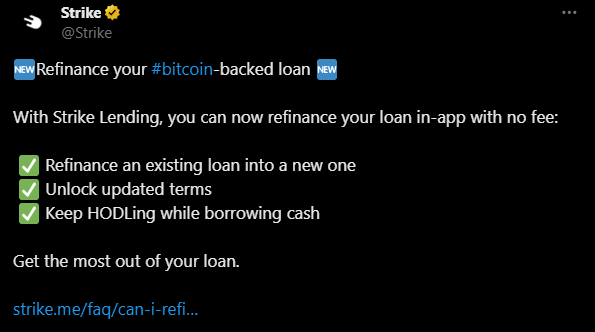Ten31 Timestamp 912,404
President Trump continued to chip away at the cherished norms / unsustainable illusions (we’ll let readers pick their own adventure) of the Unipolar Rules-Based Order this week, ramping up his ongoing attacks on Fed Independence, a pillar of post-Nixon Econ 101 textbooks. After months of subtle digs and less-subtle frontal assaults on Fed Chairman Jerome Powell, the President announced on Monday night that he had fired Lisa Cook from the Federal Reserve Board of Governors due to discrepancies in Cook’s personal mortgage history, potentially clearing the way for the White House to appoint a replacement that might be more accommodative to Trump’s low-rates agenda. This kicked off what we can only assume will be an extended battle of billable hours as Cook insisted Trump has no authority to remove her and promptly sued the administration, resulting in a court hearing that led to no clear answers as of this writing. Notwithstanding the details of Ms. Cook’s mortgage applications, the most noteworthy takeaway to us from this episode is that no one really seems to have any clear idea what the White House’s authority is here. Cook’s camp asserts that she can only be removed for cause, and Trump’s camp asserts in turn that they indeed have cause, but the definition and boundaries of that standard in the context of a so-called "unique, quasi-private entity” seem basically undetermined, which is not exactly the set of bright-line guardrails you’d hope to see for the world’s most powerful financial institution. But however the courts eventually rule, we think the outcome points in one direction. If the Fed is ultimately subordinate to the state, when push comes to shove it will make sure the government gets funded one way or another, and you may be well-served to consider the second-order effects for your wealth in that case. If, instead, the Fed is really just a private entity with some public window-dressing operated by a couple dozen lawyers and professors who can unilaterally and opaquely set the price of time without much meaningful oversight…well, let us respectfully submit that we think we can do better.
Portfolio Company Spotlight
Primal is a first of its kind application for the Nostr protocol that combines a client, caching service, analytics tools, and more to address several unmet needs in the nascent Nostr ecosystem. Through the combination of its sleek client application and its caching service (built on a completely open source stack), Primal seeks to offer an end-user experience as smooth and easy as that of legacy social media platforms like Twitter, Substack, and eventually many other applications, unlocking the vast potential of Nostr for the next billion people. Primal also offers live video streaming and an integrated wallet (powered by Strike) that substantially reduces onboarding and UX frictions for both Nostr and the lightning network while highlighting bitcoin’s unique power as internet-native, open-source money.
As the world’s largest investor focused entirely on bitcoin, Ten31 has deployed $200 million across two funds into more than 30 of the most promising and innovative companies in the ecosystem, and we expect 2025 to be the best year yet for both bitcoin and our portfolio. Visit ten31.xyz/invest to learn more and get in touch to discuss participating.
Selected Portfolio News
Primal launched a new live video streaming feature for its iOS application, with web and Android support coming soon:
Strike added new easier options for refinancing outstanding loans:
Media
Strike Founder and CEO Jack Mallers joined interviews with Bloomberg and CoinDesk to discuss bitcoin’s role as the apex store of value and its clear differentiation vs other digital assets.
Strike was also featured in a Bitcoin Magazine piece surveying the evolution and growth of bitcoin’s lightning network.
Ten31 Partner Marty Bent discussed the growth of the Nostr ecosystem with Primal Founder and CEO Miljan Braticevic.
AnchorWatch Co-Founder and COO Becca Rubenfeld delved into the company’s unique bitcoin insurance offering on the Paystand podcast.
Market Updates
It might have been the week leading into Labor Day weekend – when most of Wall Street has one eye on the door and is counting down to Thursday afternoon – but President Trump made sure it was a lively one, posting on Monday evening that he had removed Lisa Cook from the Fed’s Board of Governors.
Cook immediately responded that the White House has no authority to remove her and initiated a lawsuit, which led to a hearing Friday afternoon that produced no clear outcome.
In typical form, the President was not exactly subtle about his motivation, commenting that the move would give him a majority on the Fed Board to support his push for lower interest rates.
Perhaps somewhat predictably, Christopher Waller – a sitting Trump appointee to the Fed Board who is among the likely frontrunners to replace Jerome Powell next year – poked his head out into the Trump-Cook warzone to note that he sees the potential for a half-point rate cut in September if the upcoming August NFP readout looks weak.
The macro case for such a cut looked a little more flimsy this week, though, as the latest Core PCE inflation reading was in line with expectations but still a fairly elevated 2.9%.
Meanwhile, figures for Q2 GDP were revised to +3.3%, a substantially higher revision from the already hot +3% initial reading, driven primarily by much higher domestic spending. The Atlanta Fed’s GDP Now model points to sustained strength this quarter, with the latest figure clocking in at +3.5% estimated GDP growth.
Inspiringly, the updated GDP statistics were published to various blockchains, finally fulfilling the vision the Founding Fathers always had for this beautiful country.
Notably and perhaps somewhat counterintuitively given somewhat higher inflation, faster growth, and the latest escalation between the Executive Branch and the Fed, the US 10-year yield was down on the week while the 30-year remained largely stable.
Holders of foreign long-end bonds were not so lucky, as the 30-year hit new multi-decade highs in the UK, Japan, and France.
Against that backdrop, money supply growth continued its clear sustained U-turn, with US M2 clocking in at nearly 5% growth for July 2022, its fastest growth rate in three years.
Following last week’s landmark deal between the US government and Intel, White House Advisor Kevin Hassett indicated this week that the government will likely look to take more direct corporate equity stakes similar to their Intel position.
Commerce Secretary Howard Lutnick echoed the same, suggesting the government is considering taking stakes in major defense contractors.
New reports this week suggested Mexico plans to increase its tariffs on China and other Asian countries next month, a noteworthy development that would further cement the strategic decoupling thesis that may underpin the administration’s aggressive actions on global trade.
However, the teeth of this plan may be in danger, as an appeals court ruled on Friday that Trump’s tariffs are unlawful. The court allowed the duties to stay in place until October 14, pending a final ruling from the Supreme Court.
It was a tough week for bitcoin, as the magic internet money crashed all the way to $108,000 even as ETF inflows were up on the week. Notably, though, gold has started to reestablish some momentum, closing out the week at a new all-time high, historically a leading indicator for bitcoin’s price action.
Regulatory Update
The Bitcoin Policy Institute published a new deep dive on how bitcoin could be used to drive additional demand for US Treasury issuance, just as Satoshi always intended.
The CFTC issued updated guidance this week opening a path for US citizens to trade more easily on foreign digital asset exchanges.
Noteworthy
Following similar announcements from Stripe and Circle highlighted in this newsletter several weeks ago, Google announced it will develop its own blockchain devoted to stablecoins, further undercutting much of the recent altcoin value accrual thesis.
Elsewhere, Google also announced it will soon require “age verification” for all Android developers, not just those distributing apps through the Play Store, effectively limiting private sideloading options and again highlighting the vulnerabilities of centralized technology distribution.
Tether announced it will launch its world-leading stablecoin on RGB, a protocol for issuing digital assets linked to bitcoin’s blockchain.
Research firm Arkham Intelligence claims to have identified bitcoin wallets belonging to the government of the United Arab Emirates holding ~$700 million in bitcoin from the state’s mining operations.
The Wall Street Journal ran a feature this week on Chinese groups and drug cartels prolifically laundering money using bitcoin regulated US banks. The piece notes that regulators have identified over $300 billion of suspicious funds moved through regulated banking rails from 2021-24, all despite KYC/AML laws and funding hitting new all-time highs every year.
Travel
Bitcoin Park Custody & Treasury Summit, Sep 17-18
Bitcoin Park Imagine IF Summit, Sep 19-20
Portfolio Company Retreat, early October




